Description
Thamnocalamus tessellatus 🎍
Common Name: Berg Bamboo
Type: Clumping Bamboo | Cold-Hardy 🌿 | Ornamental & Rare 🌾
Thamnocalamus tessellatus, or Berg Bamboo, is a rare and cold-hardy clumping bamboo native to the high mountains of Southern Africa 🎍❄️. This graceful species features arching culms and fine-textured, deep green leaves, creating a soft, fountain-like appearance perfect for cool climates and high-altitude gardens.
Unlike running bamboos, T. tessellatus forms a tight, non-invasive clump, making it ideal for smaller spaces, woodland borders, and ornamental plantings. Its unique foliage, which forms an elegant “tessellated” or mosaic pattern when viewed up close, adds a subtle, refined touch to the landscape 🌿🏡.
🌿 Key Features:
📏 Height: 8–15 ft (2.4–4.5 m)
📐 Spread: Clumping, non-invasive
❄️ Hardiness Zones: USDA 6–9
🎍 Growth Habit: Graceful, arching form
🌿 Culms: Green, slender, softly arching
🍃 Foliage: Small, narrow green leaves with fine texture
🌤️ Light Requirements: Partial shade to full sun
🏡 Uses: Woodland gardens, ornamental borders, collectors, cool climate gardens
✅ Why Choose Thamnocalamus tessellatus?
🌿 Elegant, refined appearance with soft texture
🎍 Clumping and non-invasive—great for tight spaces
❄️ Exceptionally cold-hardy for a subtropical species
🍃 Adds movement and grace to shaded or mixed borders
✅ Rare and collectible with unique mosaic-like foliage pattern
Perfect for gardeners in cooler zones seeking a non-invasive, ornamental bamboo, Thamnocalamus tessellatus delivers grace, texture, and year-round interest 🎍🌿.
One of the best clumping bamboos for a sunny location. It is also more upright than our other hardy clumping bamboos. This bamboo is from South Africa, where it is called Bergbamboes, or mountain bamboo; it is the only African bamboo hardy enough to grow in the Pacific Northwest. It is an unusual bamboo, having very thick culms in relation to its height. It is also quite wind tolerant and can be used in coastal landscapes.
Although it can grow in zone 7 through 9, it will usually show some foliar damage when exposed to temperatures of 12 F or lower.

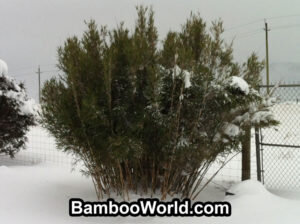
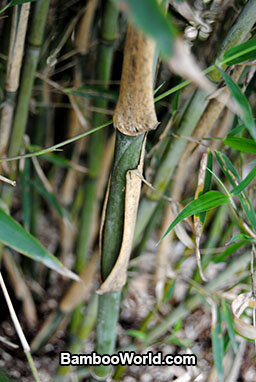
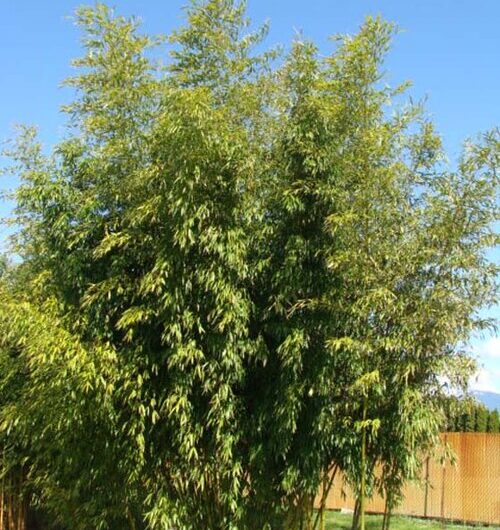
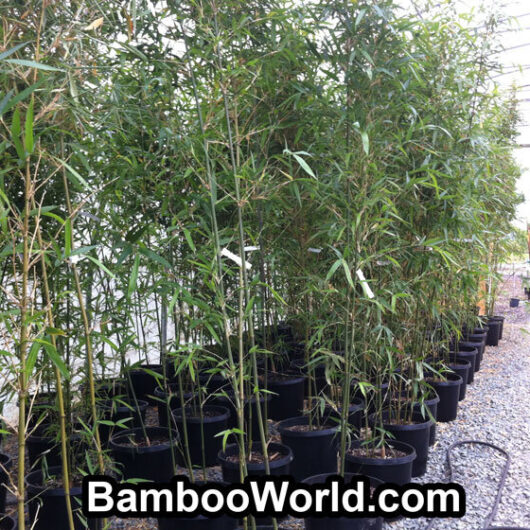
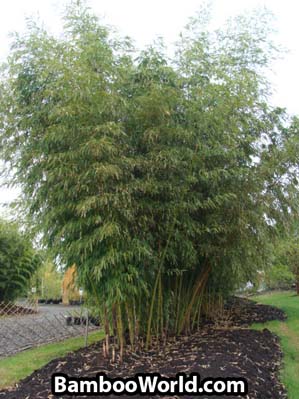
Reviews
There are no reviews yet.